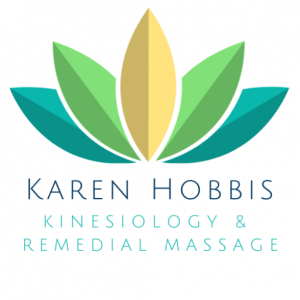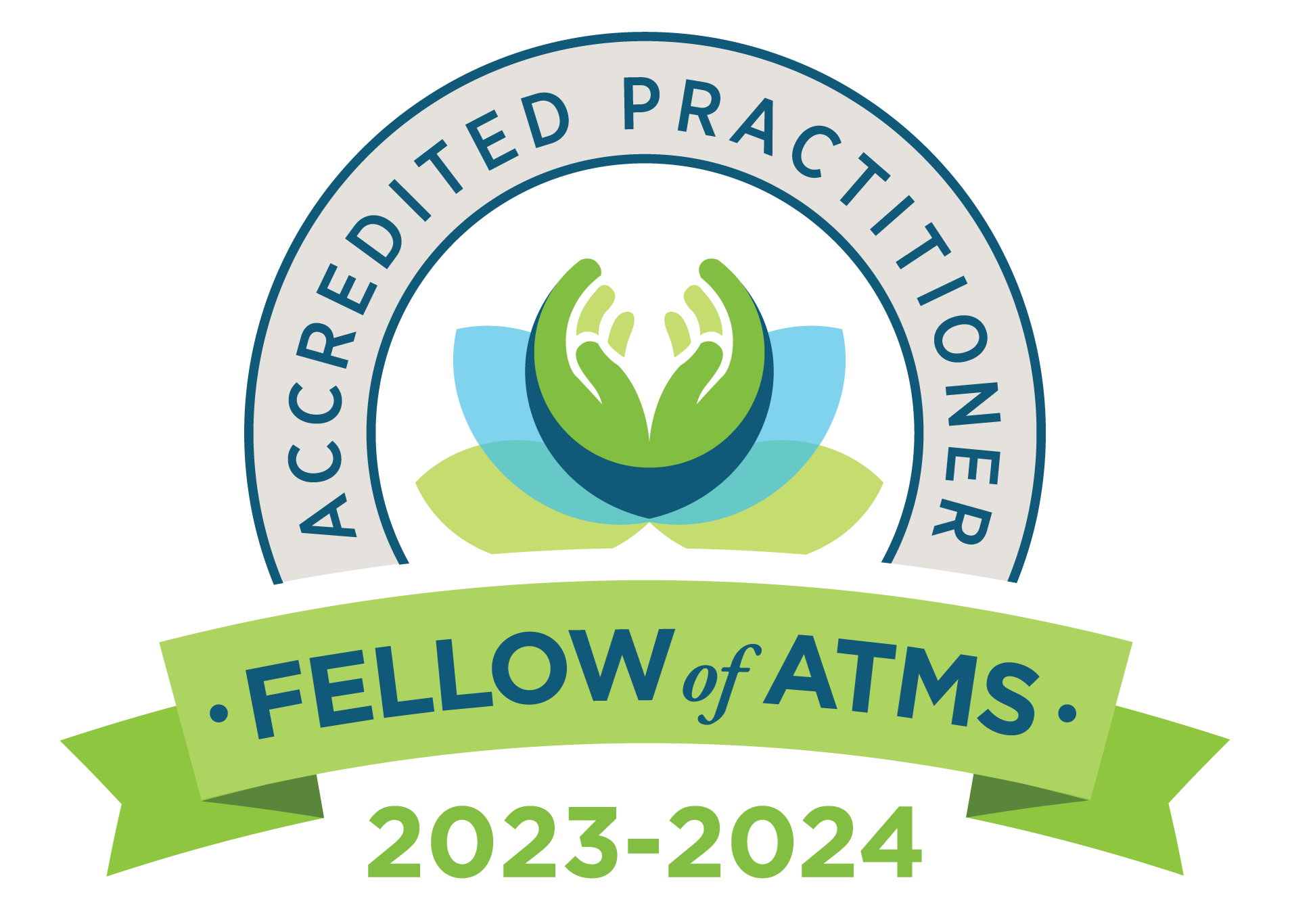Why professional massage?
Why professional massage therapy? Why not just get a back rub from a loved one, or use one of those neat massage chairs at the shopping centre? Why get massage at all?
Let’s start with that last question, because it’s the easiest one to answer. You should get massage because it works. Studies show that regular massage is good for chronic pain, inflammation, mood, and anxiety. Much like an exercise regimen, massage has many subtle—and not-so-subtle—wellness benefits. If you’ve got a body and a nervous system, they can both benefit from massage.
But why professional massage therapy? Couldn’t you get the same benefits from trading massage with a friend? To some extent, yes! I strongly encourage my clients to try self-massage, and to give and receive meaningful contact. This can positively influence BOTH parties, and it will almost certainly help with pain and mood. If everyone made this a regular tradition, the world would be a happier, healthier place.
But that is where professional massage comes in. Massage trades are great, but they tend to last about ten minutes, and those trades can be irregular. Without training, it can be difficult to offer longer sessions. People don’t know how to use their thumbs in a way that’s easy and painless, and they don’t quite know what to do after the first few minutes. Research shows that 60 minute (or longer) massages are most effective, and that the best results come from receiving them regularly.
That’s where professional massage therapy comes in. We know how to use our hands in ways that are effortless and that feel good. We can use other tools, like fists and elbows, that are awkward for beginners. We know how to spend that hour, and often find that it’s not enough time for everything we’d like to accomplish!
In short, massage therapy is the only healthcare profession where you can get a full hour of hands-on treatment. If you’ve got shoulders that tend to be sore, they can finally receive the attention that they truly deserve.
On top of this, well-trained and experienced massage therapists can be more thorough and more effective than the layperson. If you’ve got neck pain, we know to investigate the chest, shoulder, and upper back muscles. If your wrist hurts, we know to treat the forearm, and we know effective ways of going about it. While these are skills that you can pick up on your own, there’s something to be said for receiving systematic contact from someone with extensive experience.
So, what do I recommend? All of the above! Learn how to work on your own aching muscles, offer to trade shoulder rubs with someone you love, and get regular professional massage. You might find yourself borrowing techniques and strategies that your massage therapist used on you; if not, feel free to ask for pointers during your sessions!


